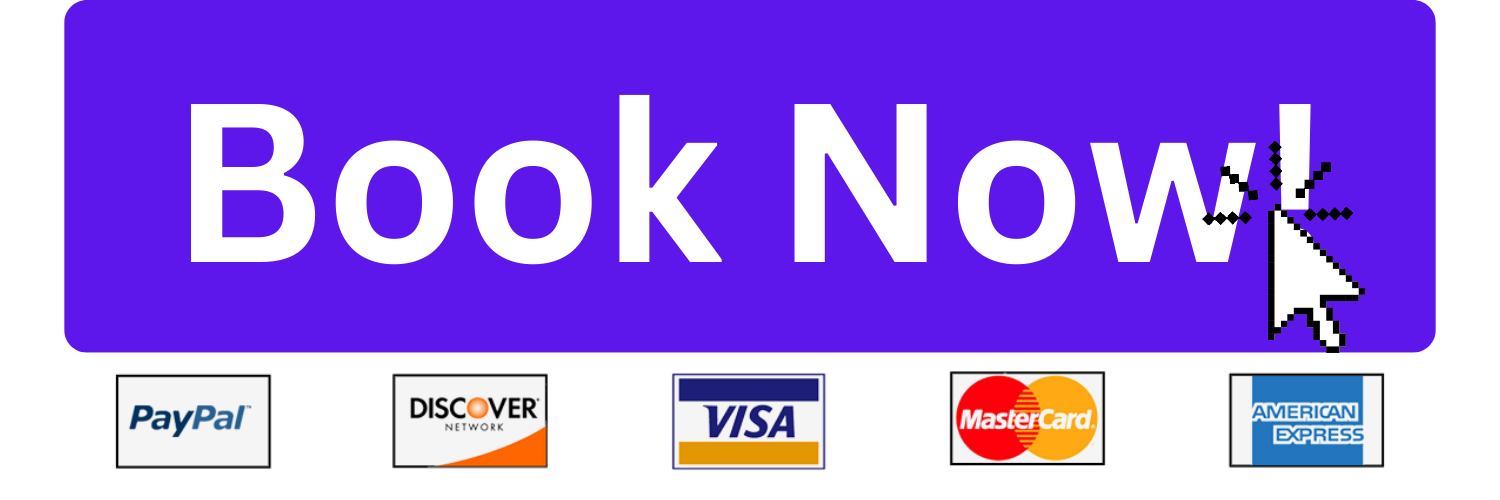
Analyzing the Income Statement
An income statement, beyond the basic figures, provides a detailed view about a company’s operational efficiency, its standing in the market, and its overall financial health over time. Income statement analysis is crucial for understanding a company’s financial performance, revealing key insights into its profitability, operational efficiency, and cost management over time. It enables stakeholders, including investors, managers, and analysts, to make informed decisions by providing a detailed breakdown of revenue sources and expense trends. Furthermore, this analysis helps in benchmarking a company against industry standards and in forecasting future financial health, guiding strategic planning and investment decisions.
Historical and Comparative Analysis
Income statement analysis involves a systematic examination of the company’s financial data over multiple periods, providing a temporal perspective that is crucial for understanding business dynamics.
Longitudinal Examination
- Trend Analysis: Study the income statement across several quarters or years. Observe if the company’s revenue is growing, stagnant, or declining. This trend analysis can offer insights into the company’s market growth, the success of its products or services, and its adaptability in changing market conditions.
- Contextual Comparison: Compare the company’s financial performance during different economic cycles. For instance, how did the company fare during economic downturns compared to boom periods? This comparison can reveal the resilience and strategic agility of the business.
Expense Trends: Cost Management
- Administrative Costs: Examine how administrative expenses, such as salaries and office expenses, are changing. An increase in these costs might be justified if they align with expanded operations or could indicate potential inefficiencies.
- Marketing and Sales Expenses: Track the trends in marketing and sales costs. For instance, an increasing trend might indicate investment in growing market share or entering new markets. However, if these increases do not correspond with proportional revenue growth, it could signal inefficient spending or ineffective marketing strategies.
- Cost of Goods Sold (COGS): Analyze the COGS in relation to sales. A rising COGS without a corresponding increase in sales might suggest rising material costs or inefficiencies in the production process.
- Comparison with Industry Standards: Benchmark these expense trends against industry averages. This comparison can help identify whether the expense changes are unique to the company or a broader industry trend.
Seasonal Influences and Cyclical Dynamics
Case Study in Retail:
- Sales Variations: Investigate how significant retail events like Black Friday, Christmas, or back-to-school seasons impact sales. For instance, a retailer might see a substantial part of its annual revenue concentrated in these periods.
- Expense Fluctuations: Assess how expenses, such as increased staffing or marketing during holiday seasons, correlate with revenue spikes. This analysis can reveal how effectively the company scales operations during high-demand periods.
- Inventory Management: Examine how seasonal trends affect inventory levels and costs. Effective management here is key to avoiding overstocking or stockouts.
Cyclical Adjustments:
- Year-Round Analysis: Modify financial assessments to account for predictable seasonal influences. For example, a business might normalize seasonal revenue spikes to understand underlying growth trends.
- Planning and Forecasting: Use insights from seasonal analysis to inform strategic planning, such as budget allocation and resource planning for anticipated peak periods.
Profit Margin Analysis
Gross Margin Insights
- Cost Analysis: Delve into the factors impacting gross margin, like supplier costs, manufacturing efficiency, or economies of scale. A lower margin could suggest the need for negotiations with suppliers or process improvements.
- Pricing Strategy: Examine how pricing strategies affect gross margins, especially in competitive markets where pricing power may be limited.
Operating Margin Examination
- Operational Efficiency: Investigate specific operational areas contributing to margin changes, such as changes in workforce efficiency, overhead costs, or new technology implementations.
- Comparison Over Time: Track operating margin over time to identify trends, and correlate these with specific business initiatives or market changes.
Net Margin
- External Influences: Consider how factors like tax policy changes, currency fluctuations, or one-off events (e.g., legal settlements) impact net margin. This helps in understanding the company’s true operational profitability.
Industry Benchmarking
Industry-Specific Norms
- Comparative Analysis: Identify and understand industry-specific financial benchmarks. For example, a high R&D spend might be normal for pharmaceutical companies but not for retail firms.
- Adapting Strategies: Use these benchmarks to evaluate whether the company’s financial strategies align with industry norms and competitive practices.
Performance Comparison
- Relative Positioning: Assess the company’s financial performance in terms of growth, profitability, and market share relative to its peers. This comparison helps identify competitive advantages or areas needing improvement.
Enhanced Financial Ratios and Metrics
Earnings Per Share (EPS)
- Impact of Corporate Actions: Analyze how actions like stock buybacks or issuance of new shares affect EPS, and in turn, investor perception and market valuation.
- Long-Term Trends: Evaluate EPS trends over time to gauge the company’s growth and profitability trajectory.
Price to Earnings Ratio (P/E)
- Valuation Tool: Use P/E to assess whether the stock is overvalued or undervalued in the context of industry norms and the company’s historical P/E ratios.
- Investor Expectations: Understand how P/E reflects investor expectations for future earnings growth.
Return on Equity (ROE)
- Efficiency Assessment: Decompose ROE into its components (profit margin, asset turnover, financial leverage) to analyze how effectively the company is using its equity to generate profits.
- Strategic Implications: Use insights from ROE analysis to inform decisions on capital allocation, debt management, and operational strategies.
Horizontal Analysis
Growth Analysis
- Consistency in Growth: Examine not just the magnitude but the consistency of sales growth. Consistent growth often indicates a solid market demand and effective business strategies.
- Profit Correlation: Determine if the growth in sales is mirrored by an increase in profits. Discrepancies here might point to rising costs or inefficiencies.
Anomaly Identification
- Accounts Receivable: A sudden surge in accounts receivable, without a corresponding increase in sales, could suggest issues with credit management or customer payment difficulties.
- Inventory Levels: Unusual changes in inventory levels can indicate production issues, changing sales patterns, or even problems with product obsolescence.
Vertical Analysis
Expense Breakdown
- Cost Behavior: Track how variable and fixed costs behave in relation to sales. For instance, a disproportionate rise in variable costs like COGS could signal supply chain issues or pricing pressures.
- Spending Efficiency: Assess if increases in R&D or marketing expenses are yielding proportional benefits in terms of innovation success or market penetration.
Revenue Composition
- Product Line Reliance: Identify if the company is becoming increasingly reliant on a specific product line, which could be risky if market preferences shift.
- Market Diversification: Evaluate the balance in revenue streams across different markets or customer segments to gauge market diversification and risk.
Cash Flow Analysis
This analysis complements the income statement by revealing the actual cash flow, which might differ from the profit/loss narrative.
Operating Cash Flow Analysis
- Earnings Quality: Compare operating cash flow with net income to evaluate the quality of earnings. Consistently higher cash flow than net income is a positive sign.
- Cash Conversion Cycle: Analyze the cycle to understand how efficiently the company turns its investments into cash.
Investing and Financing Activities
- Capital Expenditures: Examine if heavy investments in capital expenditures align with the company’s growth strategy and yield expected returns.
- Financing Cash Flows: Assess how the mix of debt and equity financing is evolving and its implications for the company’s financial strategy.
Segment and Geographic Analysis
Individual Segment Review
- Performance Analysis: Identify which business segments are driving growth and which are lagging, considering factors like market demand, competition, and internal efficiency.
- Strategic Implications: Use this analysis to inform decisions on resource allocation, investment, or potential divestment.
Geographic Successes and Challenges
- Regional Analysis: Evaluate how different geographic regions contribute to or detract from overall performance, taking into account local economic conditions, currency risks, and regulatory environments.
- Market Strategy: Tailor market strategies based on regional performance and potential.
Comparative Analysis
Historical Projections Review
- Forecast Accuracy: Assess how past projections align with actual performance. Significant variances can indicate issues with forecasting methodologies or unexpected market changes.
- Strategic Adjustments: Use these insights to refine future forecasting and strategic planning.
Market Expectations Alignment
- Analyst Expectations: Compare the company’s performance against analyst forecasts to understand market sentiment.
- Investor Confidence: Gauge how alignment or misalignment with market expectations affects investor confidence and, consequently, stock price dynamics.
Here is a detailed income statement analysis Example.
"Are you tired of struggling in accounting class? Let us make accounting easy and enjoyable for you."







